
- If you’re submitting a digital file of your manuscript, it should be a .doc or .docx, unless otherwise specified. This is the most popular file type for submissions, and Microsoft Word’s track changes feature makes it a favorite among editors and reviewers.
- For an initial submission, an agent typically asks for you to paste the first pages or chapter of your manuscript into the body of an email. Past this stage, they typically request a .doc or .docx of the full work.
- You may also be asked for a cover letter, author bio, or query letter with your submission.
If you need to print a physical copy of your manuscript for a submission, be sure to follow these printing guidelines!
And then your chances are shot…all because of formatting mistakes I’ll help you fix in this blog post.
Your title page should let the reader know what they’re reading, who wrote it, how to contact the author, and how long the piece is.
Digital
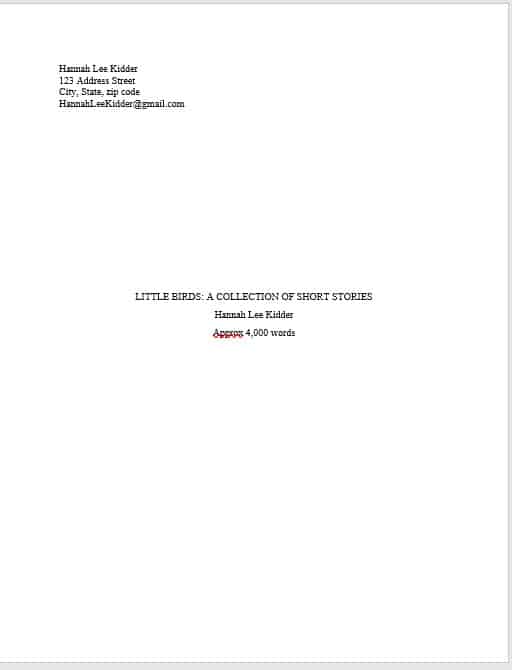
Not taking note of these rules can set you back immeasurably when it comes to becoming a successful author.
If you’re sending your manuscript to a professional editor you’ve hired yourself, you still want to follow these manuscript formatting tips–and the tips below for a digital submission.
Here are the rules for the rest of the document after your title page:
Did you know there are specific industry standards to adhere to in formatting your manuscript?

See the Handwriting Practice Sheets I have available for 3 styles - Manuscript, D'Nealian and Cursive and for different ages. They are free to download and they are A-Z practice sheets with dotted letters and lines to copy the different letter shapes.
Dotted Third Handwriting sheets: a line divided into 3 to help the child form their letters correctly
Each week of Beginning Handwriting includes three printable lessons in one download that explores foundational skills important for young learners. The class covers topics such as pencil grip, prewriting skills, letter formation, and tips and tricks for remembering which letter is which! Numerous additional resources and printables are included.
LessonPlanet is also an incredible resource which has 350,000+ resources to help teach different subject areas according to different ages. A time saving resource when looking for something specific to help you. They have a 10 free trial period. I narrowed down a list of free printable writing paper and handwriting worksheets and resources that may be of interest.
K-8 Worksheets
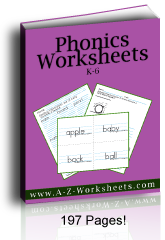
Check out these free homeschool printables on my site - graphic organizers, free printable writing paper, History printable worksheets and more.
Time4learning offers printable kindergarten worksheets as well as worksheet through the eighth grade. There are some free printable worksheets from Time4Learning, on this page as an example of what they offer.
Looking for free printable writing paper for you and your children to use in your homeschool? The lined paper comes in four different formats.
Handwriting printables with drawing box - available soon. This lined paper is ideal for writing narrations and adding a drawing on to the page.
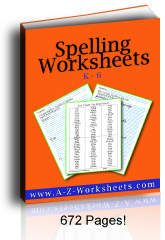
Teaching kids to write with Stetro pencil grips is a phenomenal help to showing them how to hold their pencils! For some kids, all it takes is to "try it on" to "get the feel" of how to hold it well.
The stronger their hands are the more smooth their writing will be. Here are some handwriting exercises:
- The pencil will not slip on paper as easily as pen.
- Many pencils are six sided so children have better control.
- Most mechanical pencils have textured grips that improve handwriting.
I know that people can write well with many different hand grips
2.A. Using A Pencil Can Improve Handwriting Success
Romalda Spalding's Phonics book book tells a very simple method of using six strokes for manuscript and another five to simply connect those same letters for cursive writing.
Each of the Grammar selections branches to different levels on another landing page. This way your k ids learn handwriting as well as proper grammar.
Simply turn so the arrow points the other way up or down the pencil.
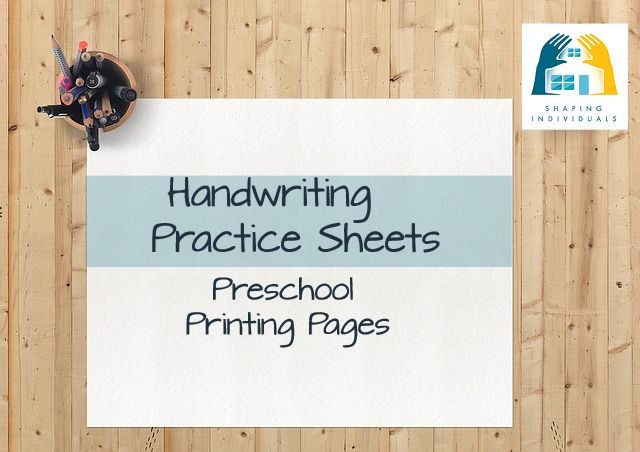
Find more help here with my free printable writing paper - lined and dotted for printing practice.
Here are some free handwriting practice sheets which I have created, suitable for different ages and in 3 different styles: Manuscript, D'Nealian and Cursive.
- Manuscript Preschool Handwriting Practice Pages
- K-1 Manuscript
- Years 2-3 Manuscript
- D'Nealian Preschool Handwriting Practice Pages
- K-1 D'Nealian
- Years 2-3 D'Nealian
- Years 4-6 D'Nealian
- Years 2-3 Cursive Handwriting Practice Pages
- Years 4-6 Cursive
- Years 7+ Cursive
If you're looking for a step by step guide in teaching letter formations, you would love the Beginning Handwriting Curriculum from SchoolhouseTeachers. This week by week course explores foundational skills important for young learners. This homeschool handwriting curriculum covers topics such as pencil grip, prewriting skills, letter formation, and tips and tricks for remembering which letter is which!
D'Nealian Handwriting Practice Worksheets
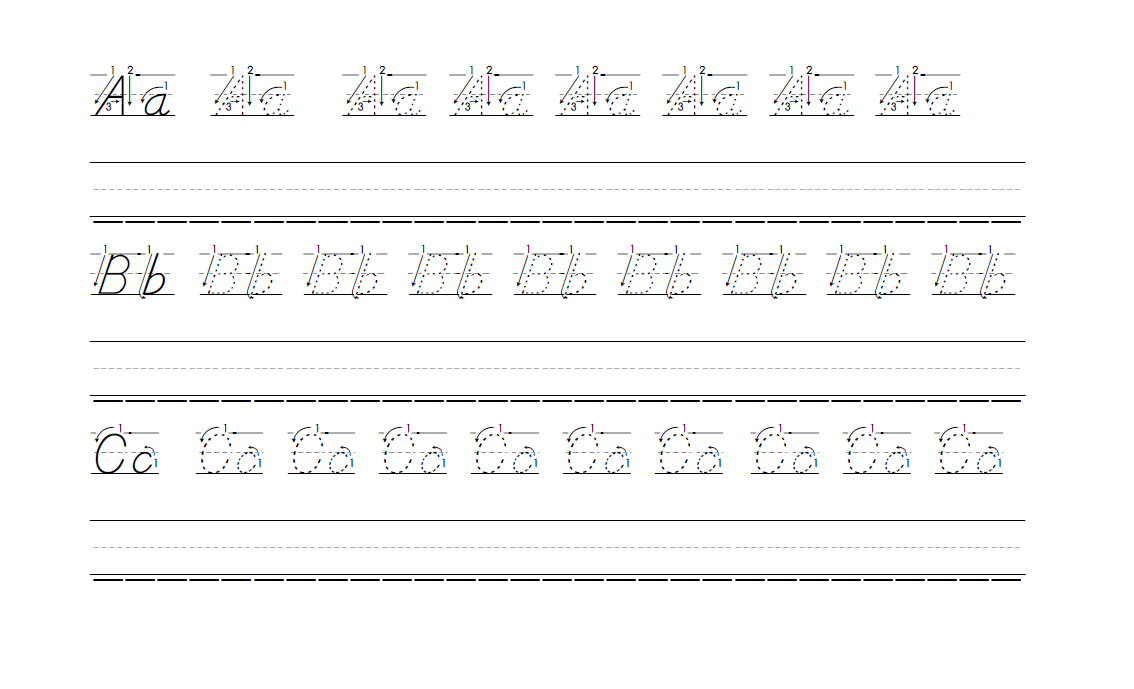
Handwritingpractice.net allows you to create individualized handwriting worksheets in 3 different styles - print, D'nealian and cursive. There are more variables you can change such as letter size, colour, arrow and more. You add in the content required for the worksheet and print.
What I love about them - is that once a child has copied a Bible verse in either the manuscript of cursive script, they can colour and beautify the page and give it away - or create a lovely picture for their wall or a placemat. (Lovely gifts for grandparents!)
The course is 27 weeks and contains printables and weekly units. Designed for Preschool – Kindergarten.

Grand staff paper. Save your students the trouble of drawing in the treble and bass clefts by printing and giving this paper to them.
- Let’s try to figure out the meter of this piece. You play it and I’ll try to count it in three. Do it, then ask, “Let’s see if that seems better than this.”
When encouraging your students to compose, be careful not to put too much pressure for them to write down their compositions. When students are required to write things down, it engages an entirely different part of their brain than their creative part. It requires them to shift into analytical mode and this often shuts down their creative process. This can lead to discouragement and lack of interest in future composing projects.
The minute you see a student looking overwhelmed, stop. Do it for them and then move on, or move on and then come back and do it for them.
 Plain Staff Paper
Plain Staff Paper
- These notes at the beginning are nice and slow, let’s count them together and see how many beats they are (then do it with them).
- What is the name of the black key that you use in this piece over and over again? Oh it’s F#! Did you know that you are composing a piece in the key of G and we can actually just automatically add all those sharps by putting it at the beginning of the staff.
Instead, help them write it down, being careful to only ask them easy questions that you know that they can answer or that you can lead them into answering like:
If you are patient, you will have MANY opportunities to teach them to notate in the future. If you push too hard, you will have ZERO opportunities in the future.

Grand staff paper. Save your students the trouble of drawing in the treble and bass clefts by printing and giving this paper to them.
- Let’s try to figure out the meter of this piece. You play it and I’ll try to count it in three. Do it, then ask, “Let’s see if that seems better than this.”
When encouraging your students to compose, be careful not to put too much pressure for them to write down their compositions. When students are required to write things down, it engages an entirely different part of their brain than their creative part. It requires them to shift into analytical mode and this often shuts down their creative process. This can lead to discouragement and lack of interest in future composing projects.
The minute you see a student looking overwhelmed, stop. Do it for them and then move on, or move on and then come back and do it for them.
 Plain Staff Paper
Plain Staff Paper
- These notes at the beginning are nice and slow, let’s count them together and see how many beats they are (then do it with them).
- What is the name of the black key that you use in this piece over and over again? Oh it’s F#! Did you know that you are composing a piece in the key of G and we can actually just automatically add all those sharps by putting it at the beginning of the staff.
Instead, help them write it down, being careful to only ask them easy questions that you know that they can answer or that you can lead them into answering like:
If you are patient, you will have MANY opportunities to teach them to notate in the future. If you push too hard, you will have ZERO opportunities in the future.
